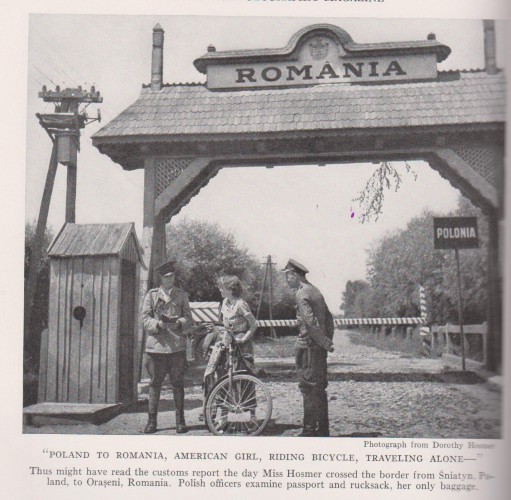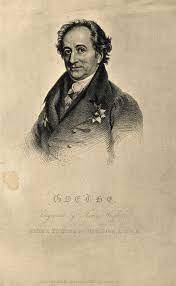
Hosmer Dorothy (w2060)
- Alias-Pseudonimo-Pseudonyme: -
- Nationality-Nazionalità-Nationalité: USA
- Birth/death-Nascita/morte-Naissance/mort: 1910-2008
- Means of transport-Mezzo di trasporto-Moyen de transport: Bike, tricycle, Bicicletta, triciclo, Vélo, tricycle
- Geographical description-Riferimento geografico-Référence géographique: -
- Internet: Visit Website
- Additional references-Riferimenti complementari-Références complémentaires: Hosmer D., “Pedaling through Poland: An American girl free-wheels alone from Krakow and its medieval byways, towards Ukraine’s restive borderland”, National Geographic, giugno 1939.
Hits: 12782

 English
English  Italiano
Italiano  Français
Français  Deutsch
Deutsch 